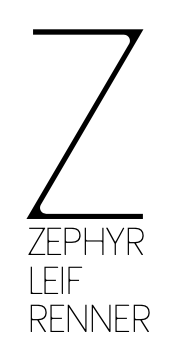
Finn Juhl FJ49 Silver Table by Niels Vodder
The so-called Judas or Silver table has an unusual history. Finn Juhl designed a version that is extremely close differing only in the shapes of the silver inlays and the pseudonym he marked it with indicates that he intended to submit it to the Jury for the Exhibition that year. But the photos of the exhibition indicate that he did not present it to the public that year and in fact he may not have followed through with submitting it to the Jury. In 1949 he designed a more complex version of a Silver table that was exhibited and not one of these has ever surfaced. The next time we see something like it is in beech and teak surrounded by Carl Brørup’s BO63 side chairs likewise in beech in a photo of Finn Juhl’s house. This wood combination and presentation with the BO63 suggest that maybe Carl Brørup produced the table briefly and never advertised it. (It is not very hard to imagine since Brørup’s stores were for foot traffic and he did not extensively advertise). The design was also not in Niels Vodder’s first catalog in 1956, or indeed in any documentation indicating that it was offered for sale to the public until the 1959 edition of Vodder’s catalog. There is a photo of Niels Vodder’s little workshop in 1956 which shows a part of the table during production, so he was making them at least on a special order basis. It did appear in occasional exhibitions and installations during that decade. There is however one further mystery: Niels Vodder described it as model FJ49, indicating that it was designed in 1949, so he did not consider it to be the same very similar design from 1948. Perhaps the beech and teak one in Finn Juhl’s house was the 1949 version that Finn Juhl and Niels Vodder considered the original? We just don’t know.
What we do know is that it finally became part of Niels Vodder’s catalog in 1959 as part of a late reintroduction of Finn Juhl’s old designs. Another was the FJ50 desk/table. And in 1964 there was the FJ64 side chair that was a version of the BO63 side chair.
The Judas was a very complicated construction. Niels Vodder usually chose cathedral arch veneer sheets for the top that could be applied in alternating directions to create a wave pattern across the table top. This was a very unusual way to apply veneer and no other table within the danish modern exhibits this pattern. And of course there is a constellation of inlaid sterling silver in the table top. According to Finn Juhl, the outermost dots were placed to mark the curve for 4, 6, 8, 10, 12, or 14 people. He did not offer any suggestion for a practical purpose for the remainder of the inlays.
The particular table was made in 1964 to 1965 and sold by Illums Bolighus in Copenhagen then brought back to the USA in a large estate of Finn Juhl / Niels Vodder pieces.
Designer: Finn Juhl
Maker: Niels Vodder
Model: FJ49 (same as the Egyptian Chair, while the Chieftain was FJ49a)
Year of Design: 1948 or 1949
Year of Production: 1964-65
Original Retailer: Illums Bolighus
Price: on asking








